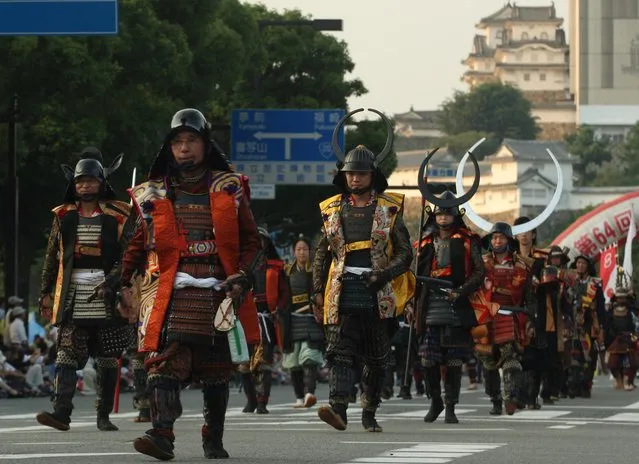
A participant of the Castle Party festival poses for picture as a man walks past in Bolkow, southwestern Poland, July 16, 2015. The annual festival features around 50 musicians and artists playing on various stage Gothic rock and other styles of the dark music subculture. Outside Germany, it is one of the biggest festival with this genre of music, the event attracts regular international audience of up to 5000, the organizers said. (Photo by Kacper Pempel/Reuters)
19 Jul 2015 09:26:00,post received
0 comments







